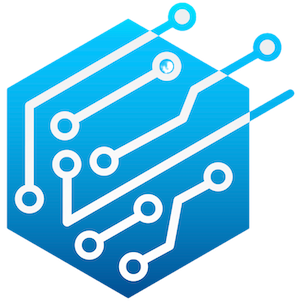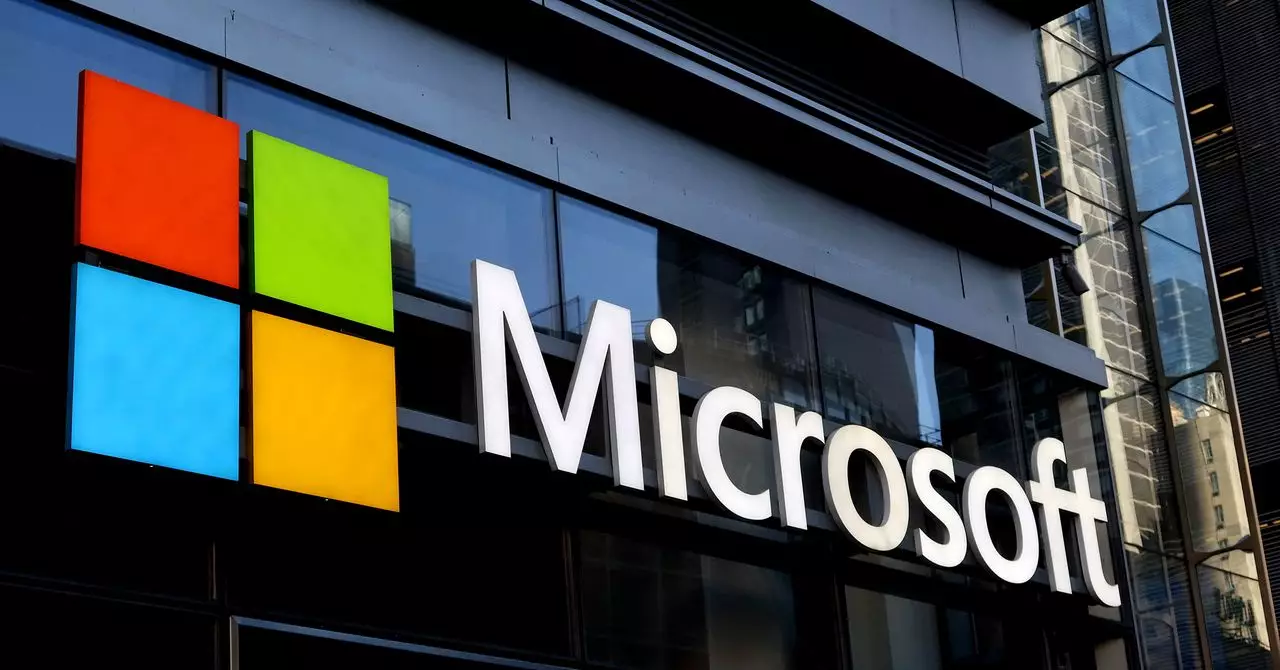Microsoft’s latest AI innovation marks a transformative moment in healthcare technology, positioning itself as a potential catalyst for what some are calling “medical superintelligence.” At its core, this system—dubbed the MAI Diagnostic Orchestrator (MAI-DxO)—promises not just incremental improvements but a quantum leap in diagnostic precision. Outperforming human physicians by a factor of four in accuracy, it dramatically raises expectations about the role AI can play in medicine. Unlike many AI tools that operate as isolated models, MAI-DxO mimics the collaborative decision-making of multiple expert doctors, aggregating knowledge from state-of-the-art AI models like GPT, Google’s Gemini, Anthropic’s Claude, Meta’s Llama, and xAI’s Grok. This multidisciplinary “chain-of-debate” style allows it to dissect cases with a comprehensive lens. Such orchestration of AI agents reflects a nuanced understanding that diagnosing patients is not a simplistic one-step problem but a dynamic process requiring multiple viewpoints and iterative refinement—something traditional AI applications have failed to fully embrace.
Beyond Benchmarking: Real-World Promise and Challenges
The system was rigorously tested using 304 detailed clinical case studies from the New England Journal of Medicine, structured in a way to mirror a doctor’s stepwise diagnostic thought process—from initial symptoms to eventual diagnosis. The result was an 80% accuracy rate, surpassing human clinicians’ modest 20% in this context—and notably achieving this with lower overall costs due to intelligent selection of less expensive tests. Cost reduction in healthcare is arguably as important as increased diagnostic accuracy, particularly in the United States where medical expenses are a major societal burden. Yet, while these numbers are impressive on paper, it is crucial to critically evaluate the leap from controlled experimental settings to the messy, unpredictable realities of clinical environments. Human doctors incorporate not just raw data but emotional intelligence, non-verbal cues, and patient histories often inaccessible to current AI systems. Deploying such technology needs cautious validation to avoid overreliance on models that may falter in atypical or complex cases.
Competing Titans and the Talent Tug-of-War
Microsoft’s aggressive recruitment of top AI researchers from Google signals an intensifying competition to dominate the lucrative intersection of AI and healthcare. This talent migration reflects a broader industry pattern where cutting-edge AI advancements are as much about human brainpower as computational prowess. The fact that Microsoft’s AI lead, Mustafa Suleyman, formerly held a senior AI role at Google adds an intriguing layer of rivalry and cross-pollination in this field. It also underscores that innovation in AI-driven medical diagnosis is no longer the purview of a single behemoth, but rather a global contest among powerful tech entities striving to build the next cornerstone of intelligent healthcare.
Ethical Complexity: The Hidden Risks of AI Diagnosis
While Microsoft’s technology showcases exciting potential, it also brings longstanding challenges into sharper focus—most notably, the problem of bias embedded in AI training datasets. Medical data often reflect demographic imbalances, socioeconomic disparities, and historical inequities that can skew AI judgments. A model trained predominantly on data from one group may underperform or misdiagnose others, threatening to exacerbate existing healthcare gaps rather than alleviate them. The promise of superintelligent diagnostics must therefore be tempered with rigorous efforts toward transparency, fairness, and continued human oversight. Without these safeguards, the AI revolution in healthcare risks becoming another iteration of technology’s imbalance, benefiting a few while disadvantaging marginalized populations.
Future Directions: Integration and Practical Application
Microsoft is cautiously exploring ways to integrate this diagnostic AI into consumer platforms like Bing, which could democratize preliminary health assessments by empowering users with AI-backed insights. Simultaneously, the company envisions tools that assist—rather than replace—medical professionals, potentially streamlining workflows and reducing costly errors. As these systems evolve, the key will be establishing robust clinical trials and regulatory pathways ensuring safety and efficacy. Unlike conventional software updates, AI diagnostic tools wield profound real-world consequences for human lives, demanding a higher standard of validation. If successfully implemented, however, they could redefine the patient-doctor relationship and shift healthcare costs downward while elevating quality of care.
Microsoft’s achievement with MAI-DxO should not be seen merely as a technological feat; it is a harbinger of how AI might amplify human expertise rather than render it obsolete. Yet, the journey to fully trustworthy and equitable AI-driven healthcare remains fraught with technical, ethical, and logistical hurdles that only cautious, critical development can surmount. The real payoff lies not in replacing physicians but in equipping them—and their patients—with unprecedented diagnostic power.


Leave a Reply